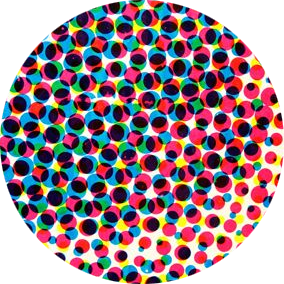The Revolutionary Monsters of Fantastic Four #1

Marvel’s “Fantastic Four” was originally conceived as a rip-off of DC’s popular “Justice League of America” title, which debuted in 1960. But 1961’s Fantastic Four #1 is much more than that. It’s a revolutionary comic with a legacy that’s still being felt today. 1/12 #SilverAge

The plot of Fantastic Four #1 is arguably less memorable than the characterization, which makes the most of Stan Lee and Jack Kirby’s shared propensity for melodrama and Kirby’s legendary visual creativity, which he developed through work in a variety of comics genres. 2/12

The opening pages introduce each character, pulling them out of their civilian lives in response to a Fantastic Four signal flare. These civilian situations help us learn about the characters. We also learn what all the characters share—the public perceives them as monsters. 3/12


We meet Ben Grimm/the Thing trying to buy clothes to fit his massive frame. Tearing off his disguise, the Thing smashes through a doorway then tears a hole in the street. Bystanders flee in terror & the cops shoot at him, calling him a Martian, a monster, and a nightmare. 5/12

Next, we find Johnny Storm/the Human Torch surveying repairs to his sports car. He immediately bursts into flame, melting through the roof of his own car as a gaping mechanic says, “What’s happening to you?… You’re turning into… *gasp* a—a human torch!” 6/12


Finally, a hunter missile with a nuclear warhead is fired at the Torch. He’s saved by Reed Richards/Mr. Fantastic, whose elastic arms pluck the missile out of the air and carry the injured teen through an upper window of a high rise to where the rest of the team is waiting. 8/12

In these opening pages, the Fantastic Four are unfairly perceived as dangerous. But they also *are* dangerous, with unstable, destabilizing bodies that can’t be seen, are too large for the world around them, and burn and melt objects and people through simple proximity. 9/12

Yet the Four’s monstrousness doesn’t reside solely (or even primarily) in the flesh. The team’s origin reveals differently volatile personalities. Reed is arrogant; Sue is insecure; Johnny is a hothead; Ben is jealous & violent, trying to kill Reed after his transformation. 10/12

The Fantastic Four weren’t the superhero genre’s first volatile protagonists; Namor the Sub-Mariner was an anti-hero more than a decade before. Yet the Fantastic Four convincingly embodied an important shift in the genre within the postwar, post-Comics Code era. 11/12

After Fantastic Four#1—& the many new heroes inspired by the title’s success—superheroes would no longer be good or do good for the sake of it. Heroism became a journey and constant struggle with and against a hostile public & within the hearts and minds of the characters. 12/12
